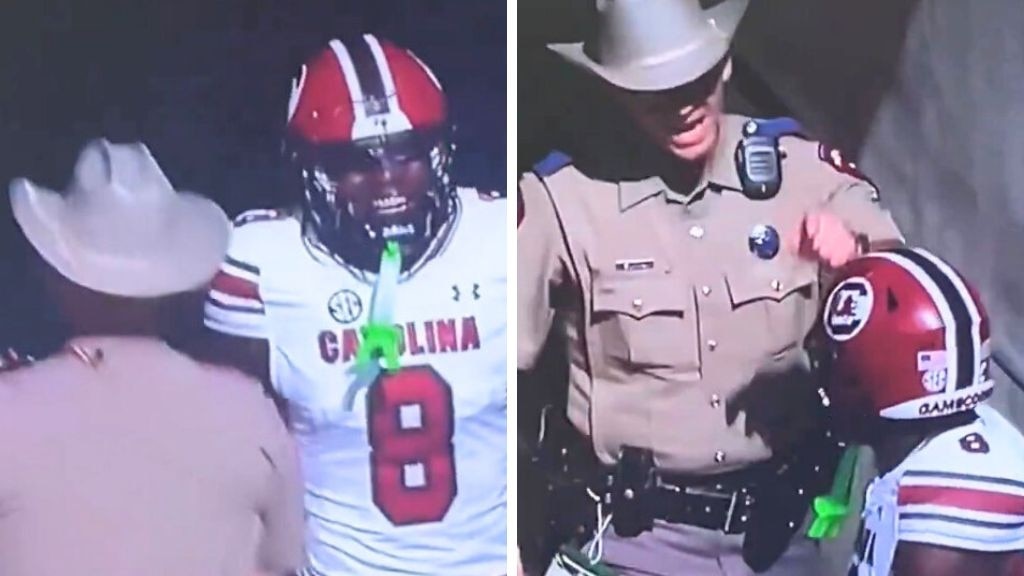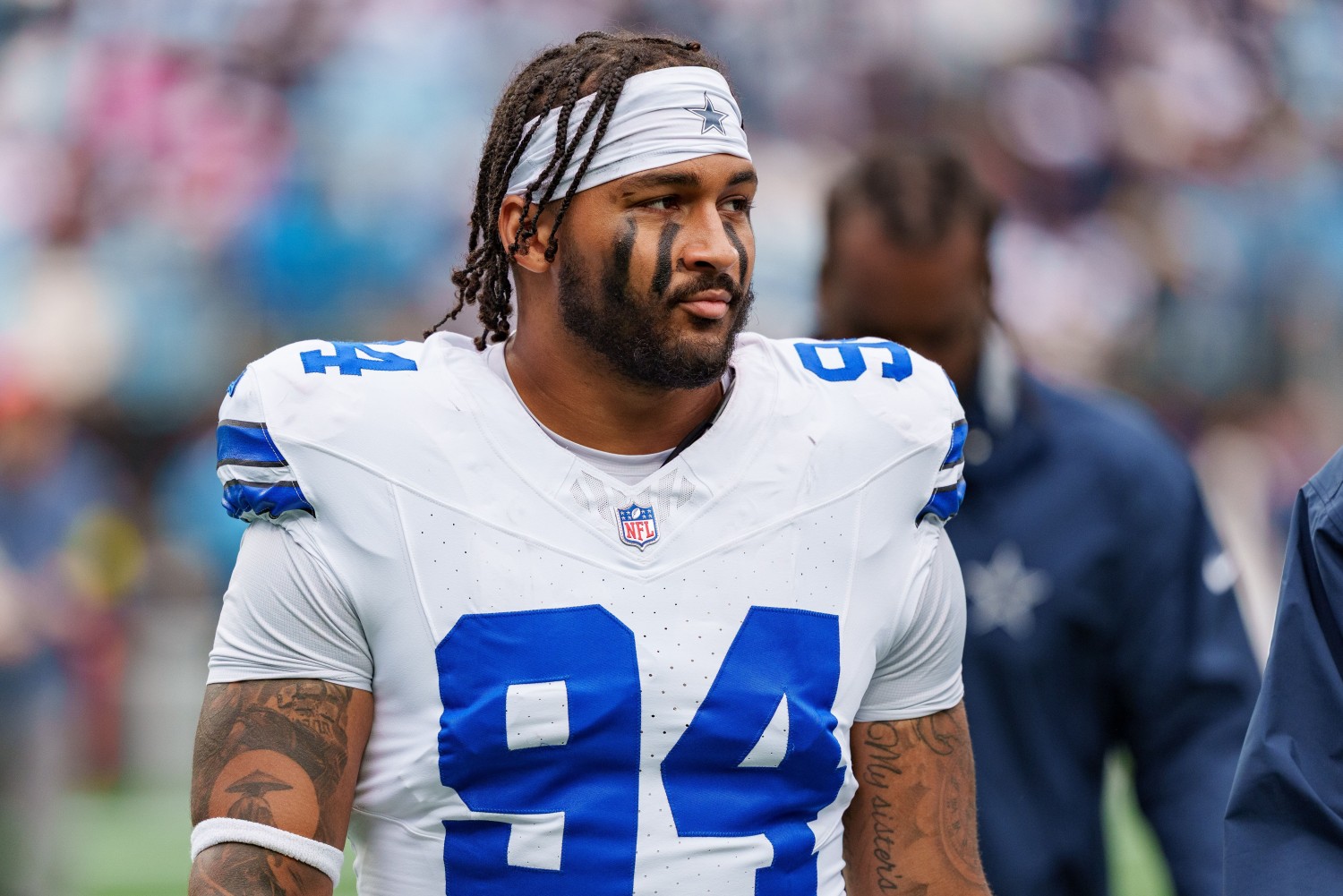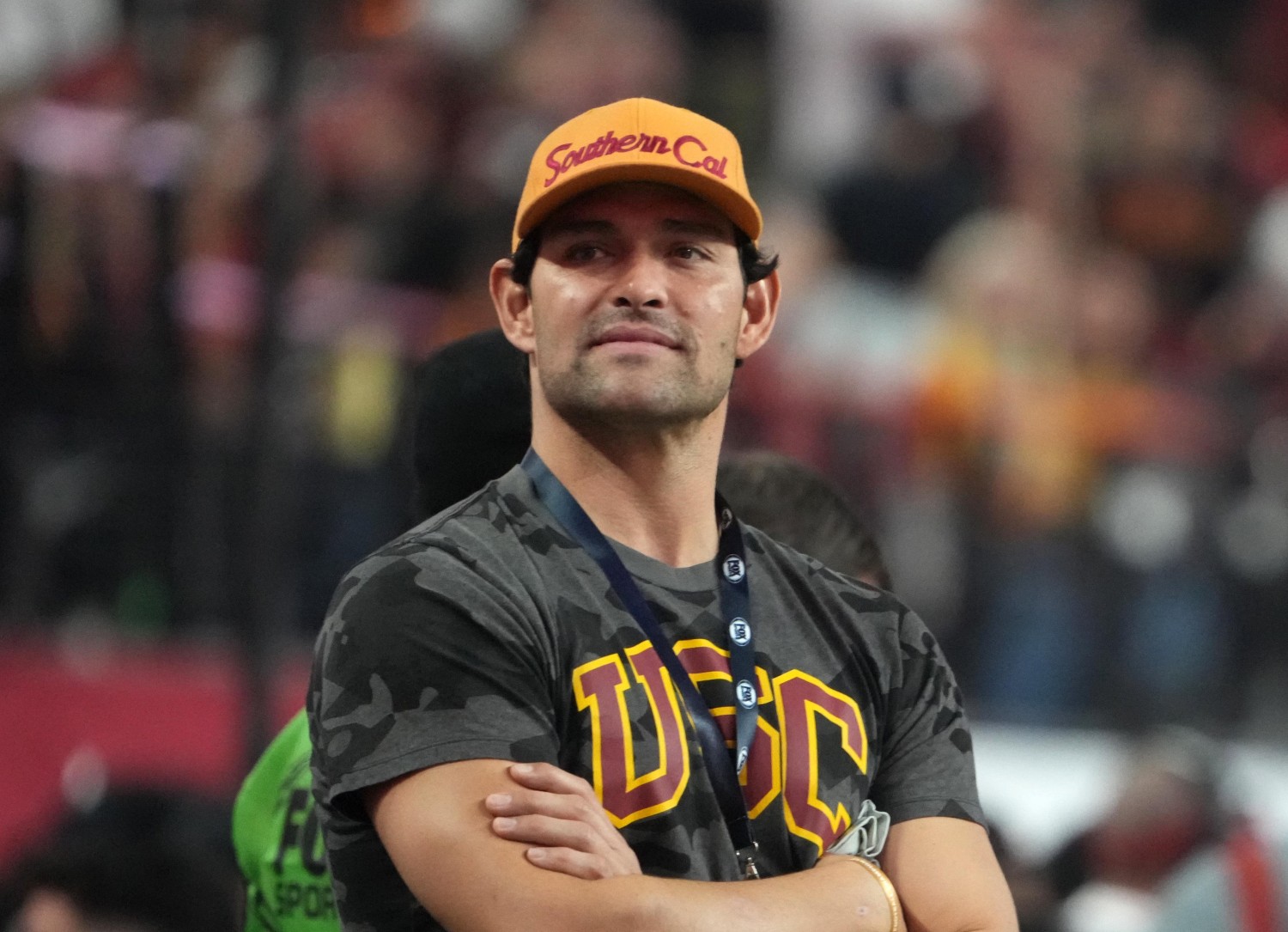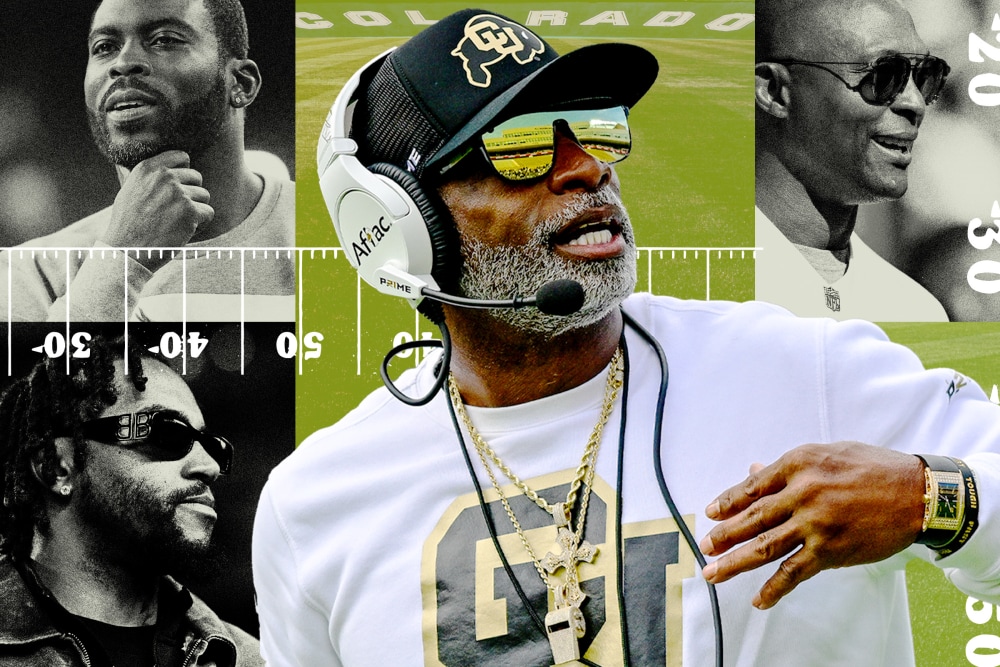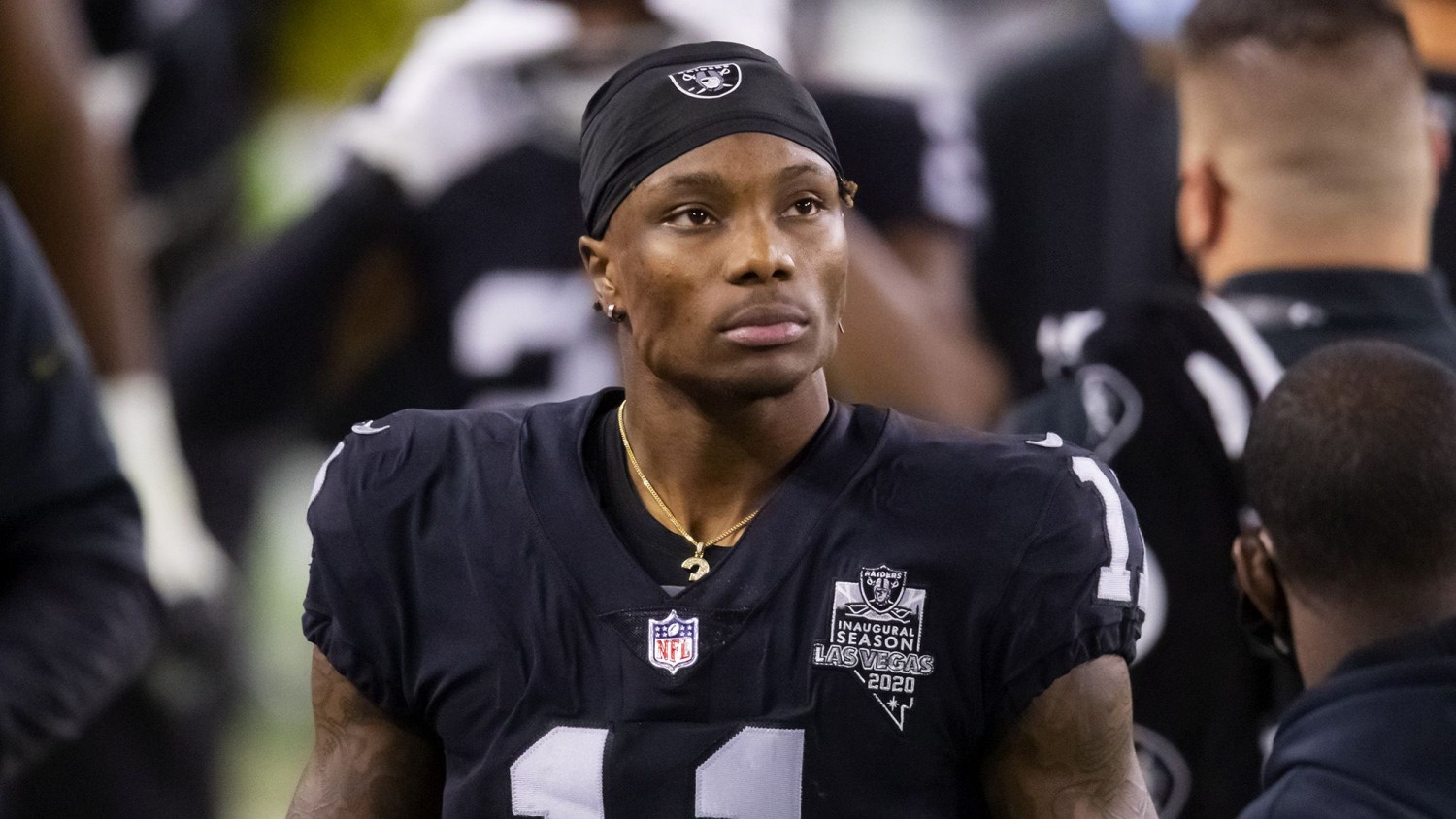
This article is more than
5 year oldWhat Netflix's Aaron Hernandez documentary got very wrong
Note: The following article contains discussion of themes including suicide that some readers may find upsetting.
Aaron Hernandez was one of the NFL's most famous and promising players back in the early 2010s. He was also a convicted murderer.
Netflix attempted to explore his story in its new true-crime series Killer Inside: The Mind of Aaron Hernandez. But not only did it leave us with many more questions than it answered, it also completely failed in its approach to dive "inside the mind" and look into the psychology of the killer in any real authoritative way.
Hernandez was arrested in 2013 following the murder of fellow footballer and friend Odin Lloyd, who was discovered with fatal gunshot wounds in an industrial park near Hernandez's home. Two other men, Carlos Ortiz and Ernest Wallace, were also arrested in connection with Lloyd's death.

Less than two hours after the arrest of Hernandez (which became something of a media circus when he was filmed being led out of his house in handcuffs), his NFL team the New England Patriots issued a statement (via ESPN) to officially release him from his contract.
Two years later, in 2015, Hernandez was found guilty and convicted of first-degree murder as well as five weapon charges. He was subsequently handed the required mandatory sentence of life in prison without the possibility of parole.
In a shocking turn of events, Hernandez was also indicted for a double murder that had taken place in Boston in 2012. The drive-by shooting of Daniel de Abreu and Safiro Furtado had been unsolved, but prosecutors alleged that a car found in the garage of Hernandez's cousin's house could have been linked to the crime and so he became a suspect. Hernandez was acquitted of the Abreu and Furtado murders in 2017 following a separate trial (via Global News).
Five days after this acquittal, on April 19, 2017, Aaron Hernandez was found dead in his prison cell. His death was officially ruled a suicide, according to the district attorney's office in Worcester County, Massachusetts (via an archival news article published on NBC Boston)
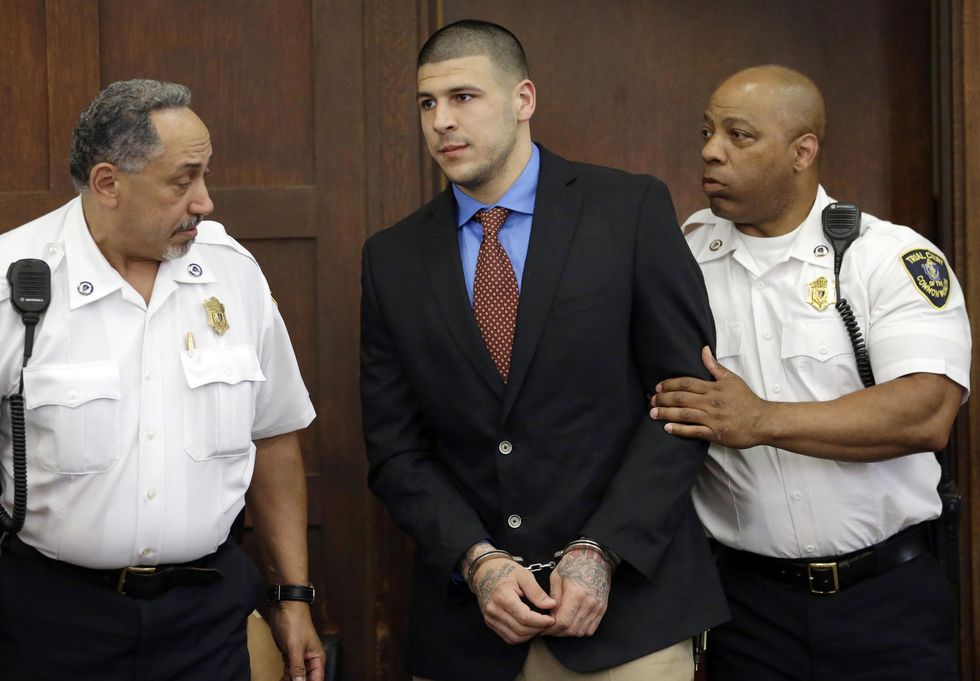
Related: Don't F**k With Cats shows Netflix still hasn't learned an important true crime lesson
Killer Inside: The Mind of Aaron Hernandez deals with the basics of this story, but it is through interviews and personal testimony of others that the narrative starts to veer off into different – and problematic – directions.
The documentary introduces themes that seem to have very little bearing on the case at hand. This isn't unusual for documentaries of this genre; dropping breadcrumbs of a topic that will later prove to be relevant – if not imperative – can be an effective tool when done correctly.
Sadly, this was not the case with Killer Inside. If anything, where this series really fails is in its decision to introduce information, or opinion, that is at best never picked up again or at worst completely factually irrelevant to the story.
This is made most clear in the way that it introduces questions around Aaron Hernandez's sexual identity – a decision that the three-part series never then justifies.
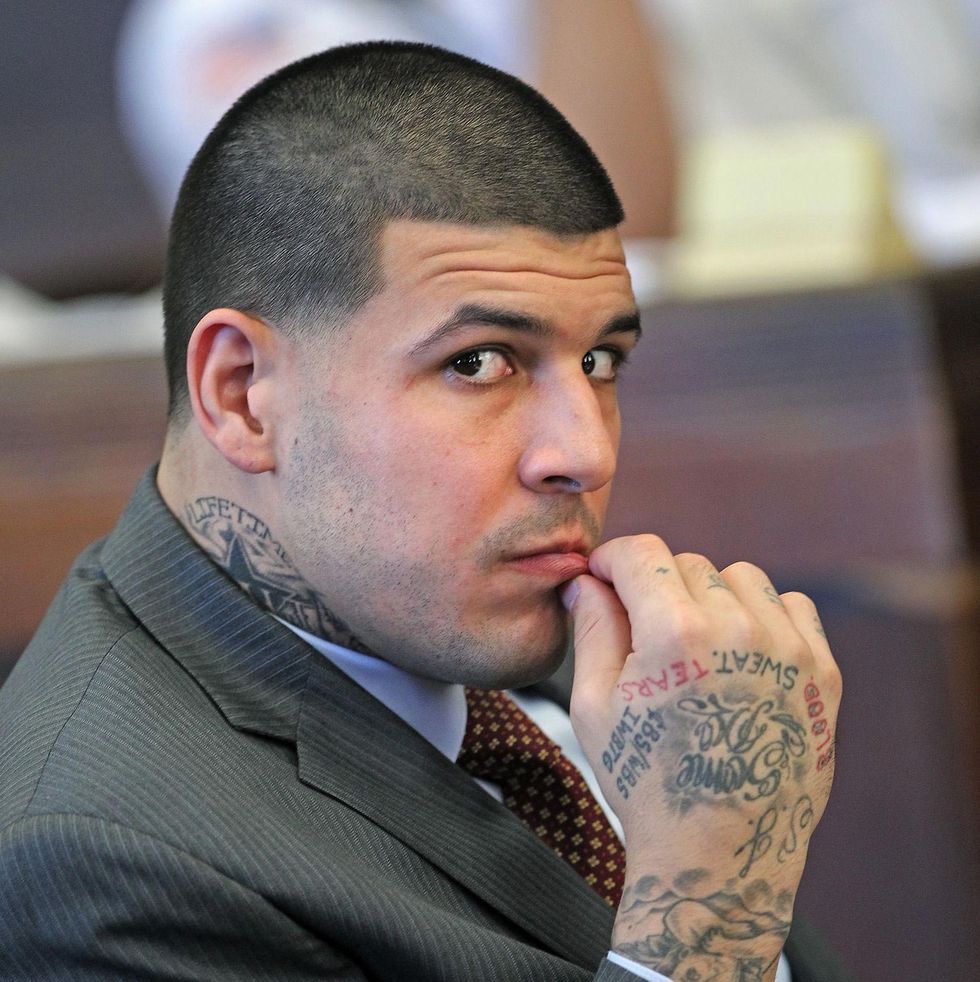
In Netflix's documentary it is highlighted that Michelle McPhee, a reporter who had been following the case locally, appeared on the Kirk and Callahan sports radio show, where they made a number of innuendos questioning Hernandez's sexuality. According to the show this was the first time that this topic, just salacious rumour at the time, was given any real mainstream media attention. What's more, the documentary pointedly asserts that this occurred a few days before Aaron's death.
In an article entitled 'The Worrisome Reporting on Aaron Hernandez’s Sexuality', published in April 2017 in The New Yorker, McPhee was quoted as saying this had been "really inelegant" of her, and that "it's not something I would have done if I wasn't on a sports-radio show" (and we're not quite sure what that means).
"It's not a laughing matter, in any way, shape, or form," she also said at the time. "But I would certainly hope, in 2017, that Aaron Hernandez was more troubled by the fact that he killed his close friend, the boyfriend of his fiancée's sister, than his sexuality."
McPhee claimed that she had been aware of the rumours since 2013, and argued that she had got the story over anyone else because of her unique and trusting relationship with sources.
However Jennifer Peter (a senior editor at the Globe) said that they had also heard the same rumours, but had decided against the story because "[we] have tried to confirm them to the degree they're relevant to Hernandez's death, but have not been able to verify that they are based in fact."
Despite it being acknowledged in episode three, even if briefly, how problematic it is to potentially 'out' someone without their consent or to speculate about how a person might identify their sexual preferences, Killer Inside actually ended up perpetuating this narrative through a number of its own editorial choices.
Interviews with Dennis SanSoucie, Aaron's childhood friend, were consistently peppered throughout the series. He claimed that he and Aaron had been in an on/off relationship during their time in high school, and that they had felt the need to keep it a secret and "hide what we were."
"I was in such denial… because I was an athlete," Dennis said. "'You mean to tell me that the quarterback and the tight end was gay? He sleeps with other men?' No, it doesn't sit right with people. It doesn't sit right within our own stomach at that time."
We're not here to question Dennis's experience or the validity of his version of events. What we are here to interrogate is its relevance to the wider story of Aaron's later crimes – of which there is none. What's more, it plays into a damaging trope that someone can lash out, or even perpetuate violence, as a result of suppressing their sexuality.
Former NFL player Ryan O'Callaghan was also interviewed for the documentary, but he did not (as far as we can tell) know Aaron Hernandez personally. Instead, his part in Killer Inside was to offer insight into what it was like to be a gay man who played football.

He talked about certain stereotypes relating to masculinity, and how this could be perpetuated by the sport which he described as his "beard". O'Callaghan's perspective is a poignant one, and one certainly not to be dismissed, but we can't help but argue that it's only purpose in the context of this documentary was to further fuel unsubstantiated rumours relating to Hernandez's sexuality and motives.
It is worth noting at this point that this never featured as a theory at trial. In the final episode of the documentary, Hernandez's former lawyer George Leontire said that the prosecution had tried to bolster its "weak" motive and "wanted to use the argument that Aaron was a closeted gay man who lived in an extraordinarily homophobic world of sports" and that it had been this "conflict" that made him "strike out in anger against people."
As a gay man himself, George Leontire branded this a "discredited approach" and argued against it being used in court. The prosecution said that "probably appropriately" it was ruled that it shouldn't be used.
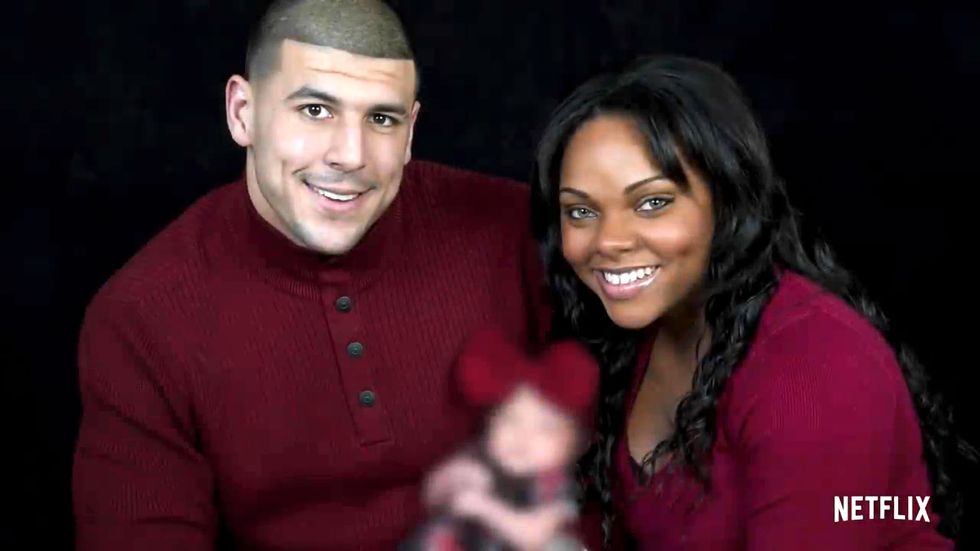
This, compounded by the fact that Aaron never publicly addressed the rumours himself, makes it all the more problematic that it is leaned on so heavily throughout the docu-series.
Aaron's fiancée Shayanna Jenkins at the time branded the speculation "hurtful" and did not say, one way or the other, whether there was any truth to it. "It's not something that I believe," she said in an archival interview used in the documentary.
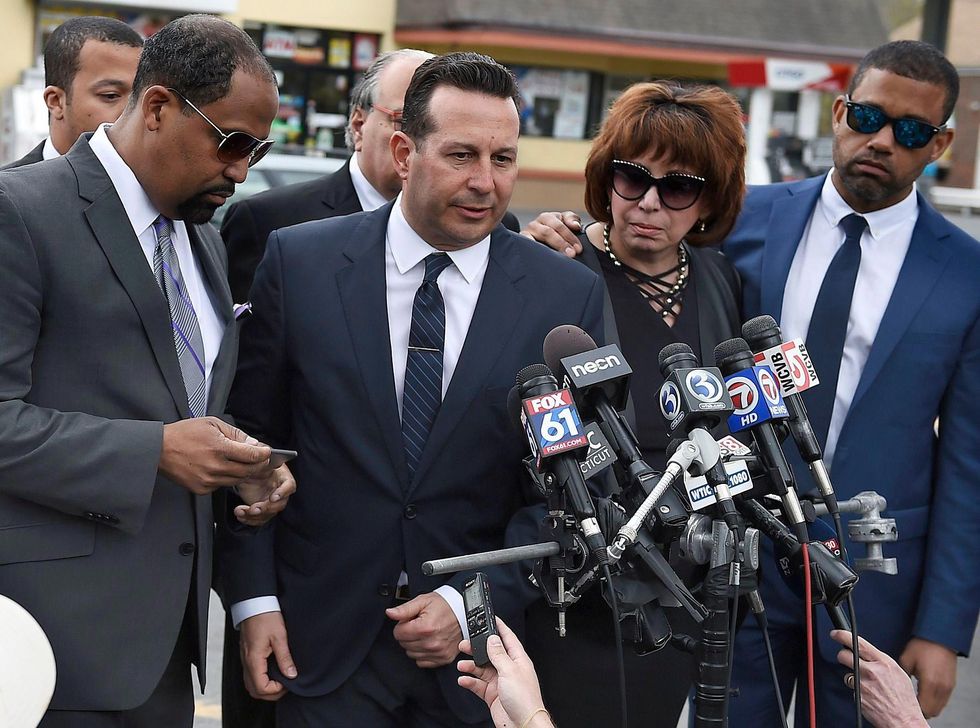
Since the release of Killer inside: The Mind of Aaron Hernandez on Netflix, another former lawyer (who was also interviewed for the project) has spoken out against the way it has been edited and how the series portrays the story.
During an interview with EW, Jose Baez pointed out a few issues he had with the series. "I think they made way too much of his sexuality," he said. "It's funny how in the documentary, they mention how a reporter should never out someone based on their sexuality, yet they decided to make it a centre focus of the documentary.
"I can understand some people's curiosity, I just simply did not agree with it. I had voiced that to them on another occasion, and apparently, those pleas fell on deaf ears. I don't see how any of that fits into the story, and I realise that there will be those that disagree."
CTE (Chronic Traumatic Encephalopathy), and the worrying trend of former NFL players dying by suicide, could have been a very just and fascinating lens to have looked at the Hernandez case through.
Instead it was thrown into the pot as something that could have been in play, but was never quite given the attention or gravitas it deserved.
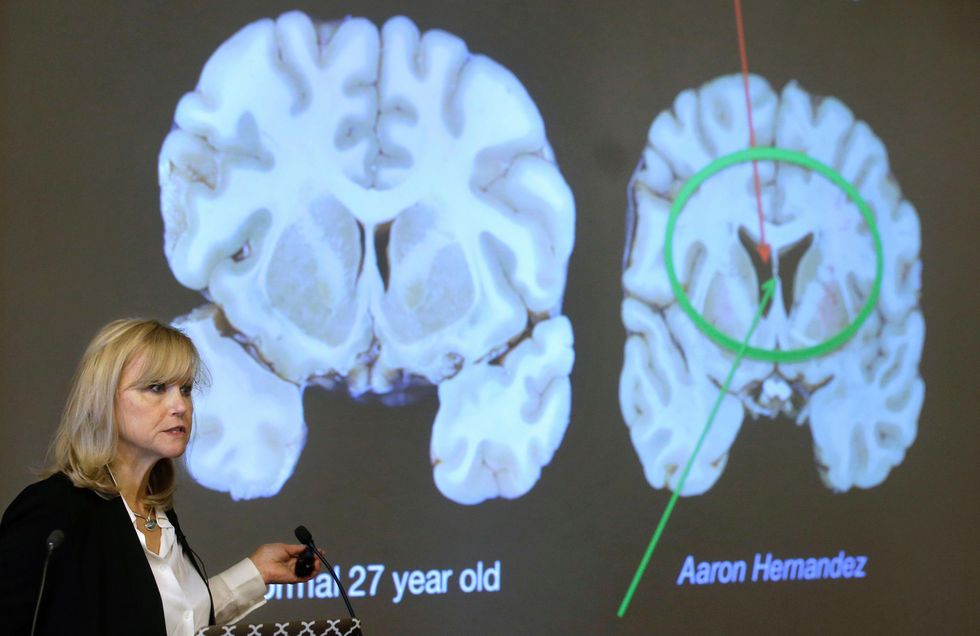
Yes, it was revealed that Hernandez's brain was donated posthumously to further CTE research. And yes, the results were shown that he had suffered the most severe case of chronic traumatic encephalopathy ever discovered in a person his age (via a 2017 article in Washington Post).
But, armed with these facts, Killer Inside could have delved so much deeper into the way in which head trauma might be linked to behaviour and decision-making. Because let's not forget the overwhelming fact here: as valid and interesting as criminal psychological analysis is, it was Aaron Hernandez that chose to murder Odin Lloyd.
Killer Inside: The Mind of Aaron Hernandez is available on Netflix now.
We would encourage anyone who identifies with the topics raised in this article to reach out. Organisations who can offer support include Samaritans on 116 123 (www.samaritans.org) or Mind on 0300 123 3393 (www.mind.org.uk). Readers in the US are encouraged to visit mentalhealth.gov or the American Foundation for Suicide Prevention.
Digital Spy now has a newsletter – sign up to get it sent straight to your inbox.
Want up-to-the-minute entertainment news and features? Just hit 'Like' on our Digital Spy Facebook page and 'Follow' on our @digitalspy Instagram and Twitter accounts.
You Might Also Like
